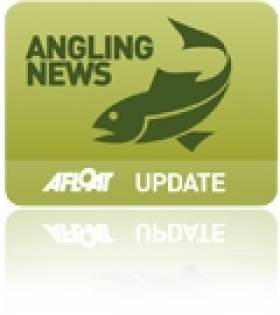Displaying items by tag: Shannon Fisheries Partnership
Works are planned for improving angling facilities on the Nenagh River and other tributaries of the River Shannon in Tipperary and Offaly, according to the Nenagh Guardian.
Details are included in the latest annual report of the Shannon Fisheries Partnership, which covers the Shannon catchment above the ESB-controlled Ardnacrushsa fishery.
The partnership promises “an extensive programme of instream and bank side works which will focus on the improvement of fish stock and fish habitat”.
These works will take place on the Nenagh River, the Little Brosna/Camcor River at Birr and the Mulkear River near Birdhill in tandem with the ESB, Inland Fisheries Ireland (IFI) and local angling clubs.
The Nenagh Guardian has much more on the story HERE.
New Fisheries Partnership for the River Shannon
The new group will comprise representatives from both bodies as well as Inland Fisheries Ireland, and will be independently chaired by former Shannon Fisheries Board CEO Eamon Cusack.
The plan is for anglers, fishery authorities and stakeholders to come together to assist in the management of the River Shannon.
At the group's launch in Athlone recently, Cusack said the partnership was working toward ensuring a sustainable yield of fish.





























































